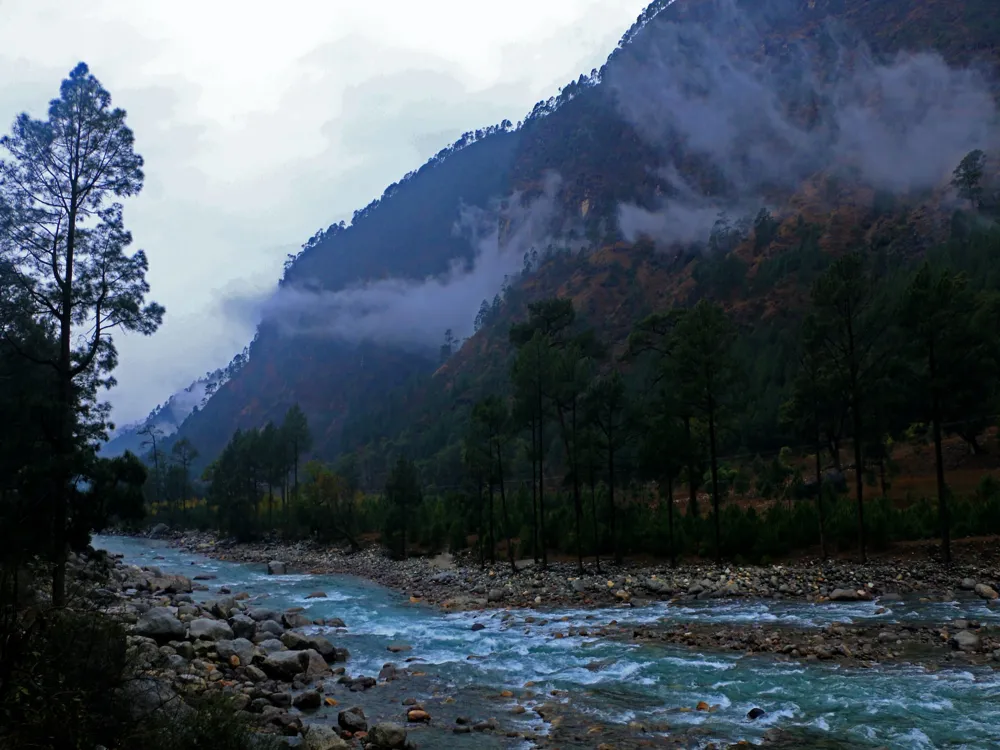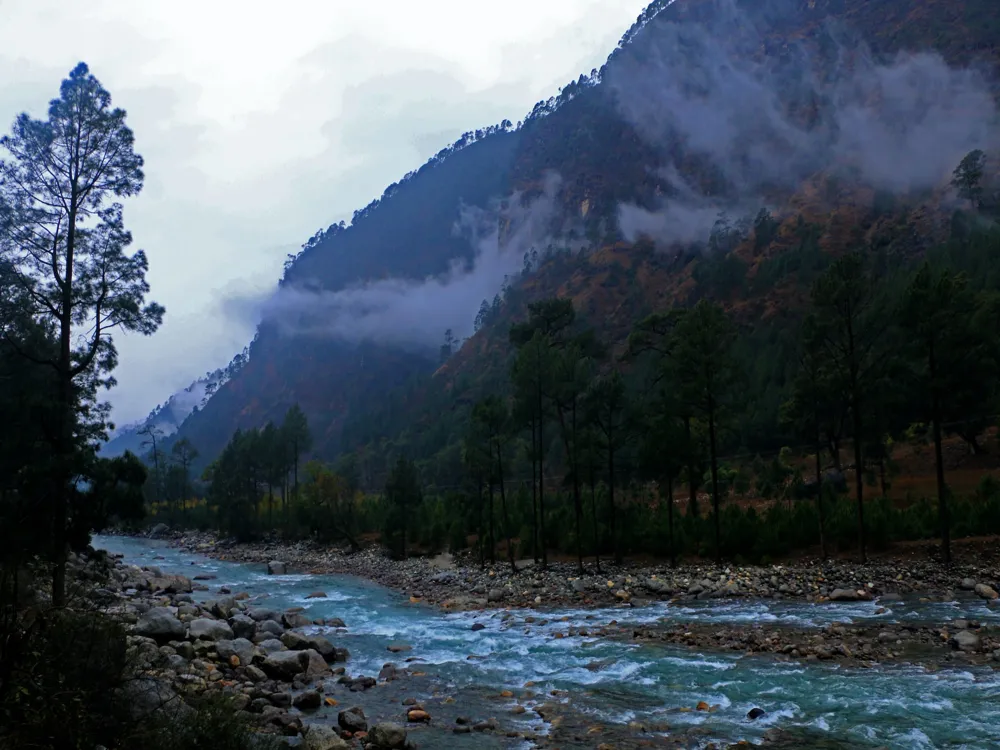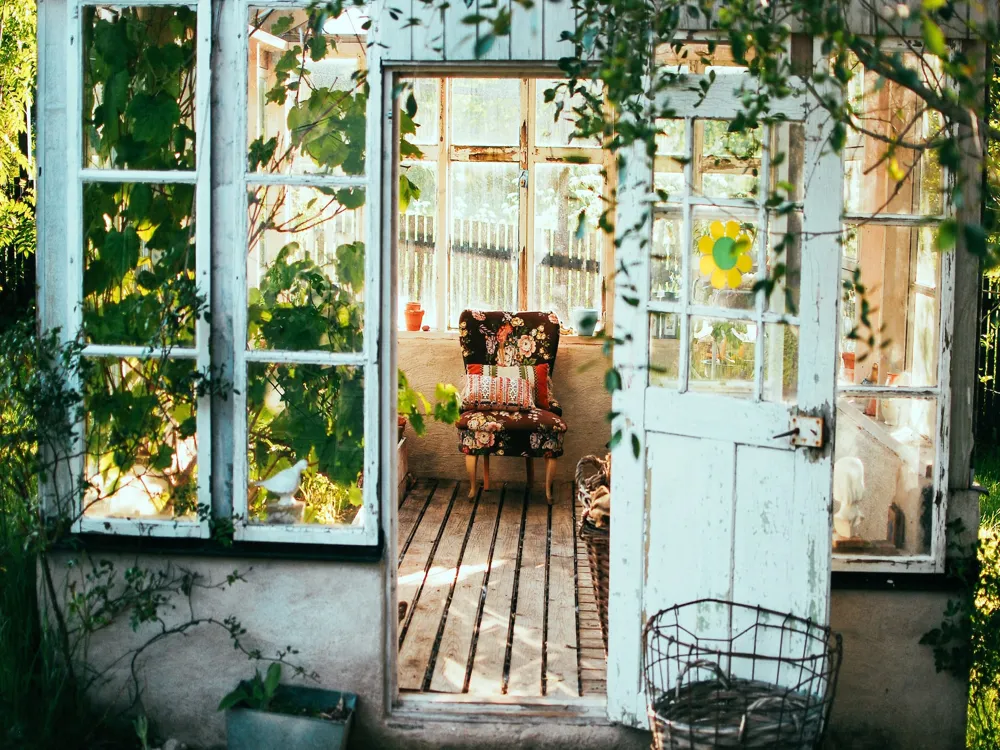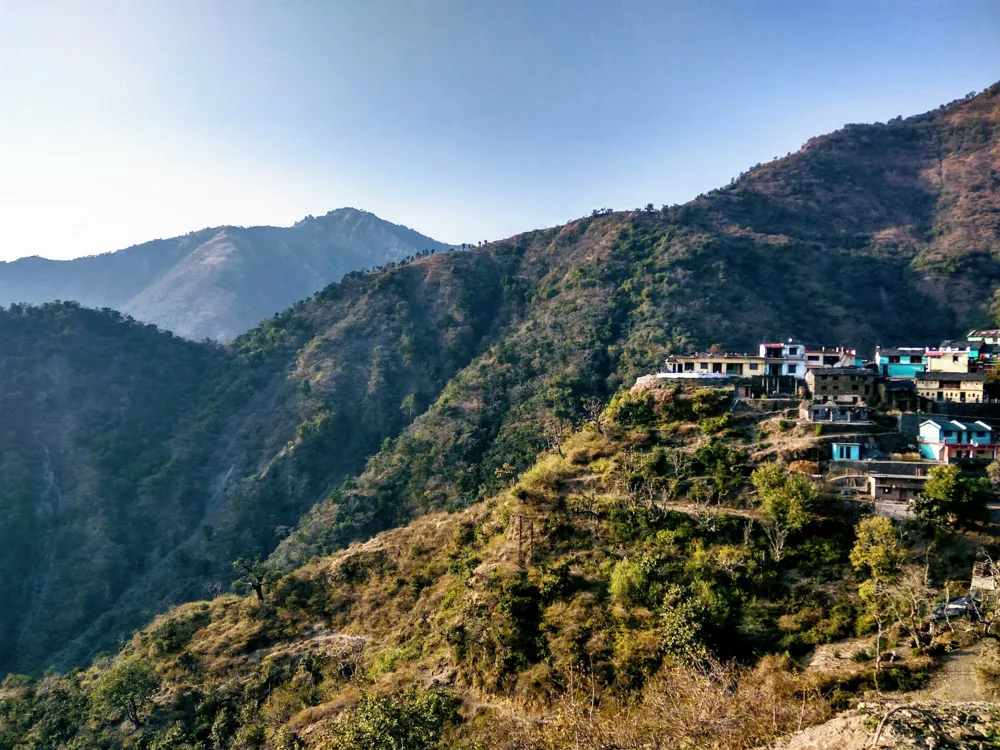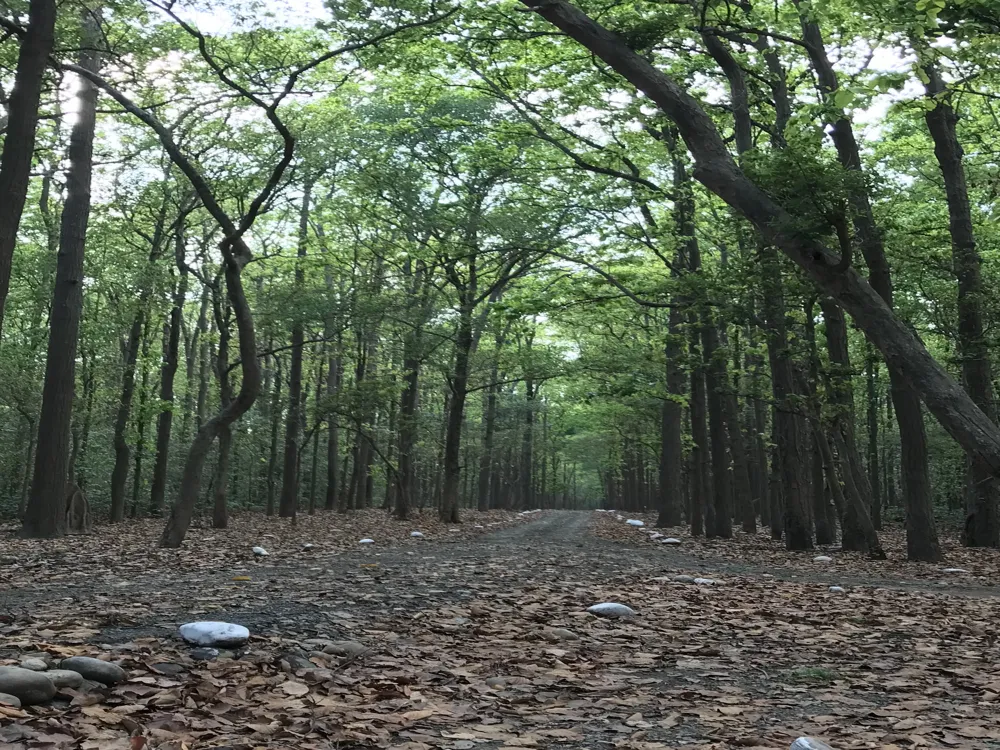Nestled in the heart of the Queen of the Hills, Mussoorie, the Mussoorie Heritage Centre is a gateway to the rich cultural and historical legacy of this famed hill station. Established with a vision to preserve and showcase the unique heritage of Mussoorie, the centre has become a pivotal attraction for tourists and history enthusiasts alike. It stands as a testament to the town's vibrant past, encompassing its evolution from a small hamlet to a bustling tourist destination. The Heritage Centre offers a deep dive into Mussoorie's history, with exhibits that display a wide range of artefacts, photographs, and documents. These exhibits eloquently narrate the story of Mussoorie's transformation over the years, touching upon various facets of its legacy - be it the colonial era, the influence of various settlers, or the town's natural beauty that has charmed visitors for centuries. Interactive displays and well-curated sections in the Centre provide an immersive experience, making history come alive for its visitors. Apart from its historical exhibits, the Mussoorie Heritage Centre is also a hub for cultural activities. Regular events, workshops, and exhibitions are held to promote local arts and crafts, providing a platform for local artisans and artists. These events not only celebrate the diverse cultural heritage of the region but also aim to educate and engage visitors in understanding the rich tapestry of Mussoorie's history and culture. The Centre is not just a museum; it's a vibrant cultural space that connects the past with the present, offering a unique blend of historical insight and cultural richness. Whether you're a history buff, a cultural enthusiast, or simply a curious traveller, the Mussoorie Heritage Centre promises a captivating journey through the annals of Mussoorie's rich heritage. The architecture of the Mussoorie Heritage Centre is a splendid reflection of the town's historical and cultural influences. Designed with a keen eye for detail, the building itself is a piece of art, seamlessly blending with the scenic beauty of Mussoorie. The Centre's architecture is a harmonious mix of colonial and traditional Himalayan styles, creating a space that is both grand and inviting. As you approach the Centre, you are greeted by its stately facade, reminiscent of the colonial-era bungalows that dot the hill station. The use of locally sourced materials in its construction not only pays homage to traditional Himalayan architecture but also ensures that the building complements its natural surroundings. The intricate woodwork and stonework, characteristic of the region, are evident throughout the structure, adding to its rustic charm. Inside, the Heritage Centre is a marvel of design and space utilization. The interiors are thoughtfully laid out to ensure a seamless flow between different exhibits and sections. Large windows and open spaces allow natural light to flood in, creating a warm and welcoming atmosphere. The use of traditional motifs and designs in the interior decor pays tribute to the local culture while providing a contemporary touch to the overall ambiance. The Centre's architecture is not just about aesthetics; it is also about functionality. Modern amenities and facilities have been integrated into the design, ensuring a comfortable and enriching experience for visitors. From the well-organized exhibit spaces to the interactive zones and comfortable seating areas, every aspect of the Centre's design has been crafted with the visitor's experience in mind. In essence, the architecture of the Mussoorie Heritage Centre is a beautiful blend of history, culture, and modernity. It stands as a proud symbol of Mussoorie's architectural heritage, inviting visitors to step in and explore the rich tapestry of the town's past and present. Before visiting the Mussoorie Heritage Centre, it's advisable to check the opening hours and any special events or exhibits that might be on display. Planning your visit in advance ensures you make the most of your time at the Centre and don't miss out on any highlights. Consider opting for a guided tour. The Centre offers guided tours that provide in-depth insights into the exhibits and the history of Mussoorie. These tours are often led by knowledgeable guides who can offer fascinating anecdotes and information not found in the exhibit descriptions. Given the hill station's weather, it's important to dress appropriately. Mussoorie can be quite cool, especially in the evenings and during the monsoon season. Carrying a light jacket or shawl is advisable when visiting the Centre. While photography may be allowed in some areas of the Centre, it's important to respect any no-photography zones. Always ask for permission before taking photos, especially of artefacts or inside the exhibit areas. The Centre often features work from local artisans. This is a great opportunity to purchase unique souvenirs and support local crafts. Be sure to check out the gift shop for handcrafted items that reflect the cultural heritage of Mussoorie. Reaching the Mussoorie Heritage Centre is quite straightforward. Mussoorie is well-connected by road to major cities like Dehradun, Delhi, and Chandigarh. The nearest airport is Jolly Grant Airport in Dehradun, which is about 60 kilometres away. From the airport, you can hire a taxi or take a bus to Mussoorie. Once in Mussoorie, the Heritage Centre is easily accessible by local transport or even on foot, depending on where you are staying. The central location of the Centre in the town makes it a convenient stop for anyone visiting Mussoorie. Read More:Overview of Mussoorie Heritage Centre, Uttarakhand
Architecture of Mussoorie Heritage Centre
Tips When Visiting Mussoorie Heritage Centre
Plan Your Visit
Guided Tours
Dress Appropriately
Photography
Local Artisans and Souvenirs
How To Reach Mussoorie Heritage Centre
Mussoorie Heritage Centre
Mussoorie
Uttarakhand
₹ 3,500 onwards
View mussoorie Packages
Weather :
Tags : Historical Site
Timings : 10:00 AM - 06:00 PM
Time Required : 1 - 2 hours
Entry Fee : No Entry Fee
Planning a Trip? Ask Your Question
Mussoorie Travel Packages
View All Packages For Mussoorie
Top Hotel Collections for Mussoorie

Private Pool

Luxury Hotels

5-Star Hotels

Pet Friendly
Top Hotels Near Mussoorie
Other Top Ranking Places In Mussoorie
View All Places To Visit In mussoorie
View mussoorie Packages
Weather :
Tags : Historical Site
Timings : 10:00 AM - 06:00 PM
Time Required : 1 - 2 hours
Entry Fee : No Entry Fee
Planning a Trip? Ask Your Question
Mussoorie Travel Packages
View All Packages For Mussoorie
Top Hotel Collections for Mussoorie

Private Pool

Luxury Hotels

5-Star Hotels

Pet Friendly








